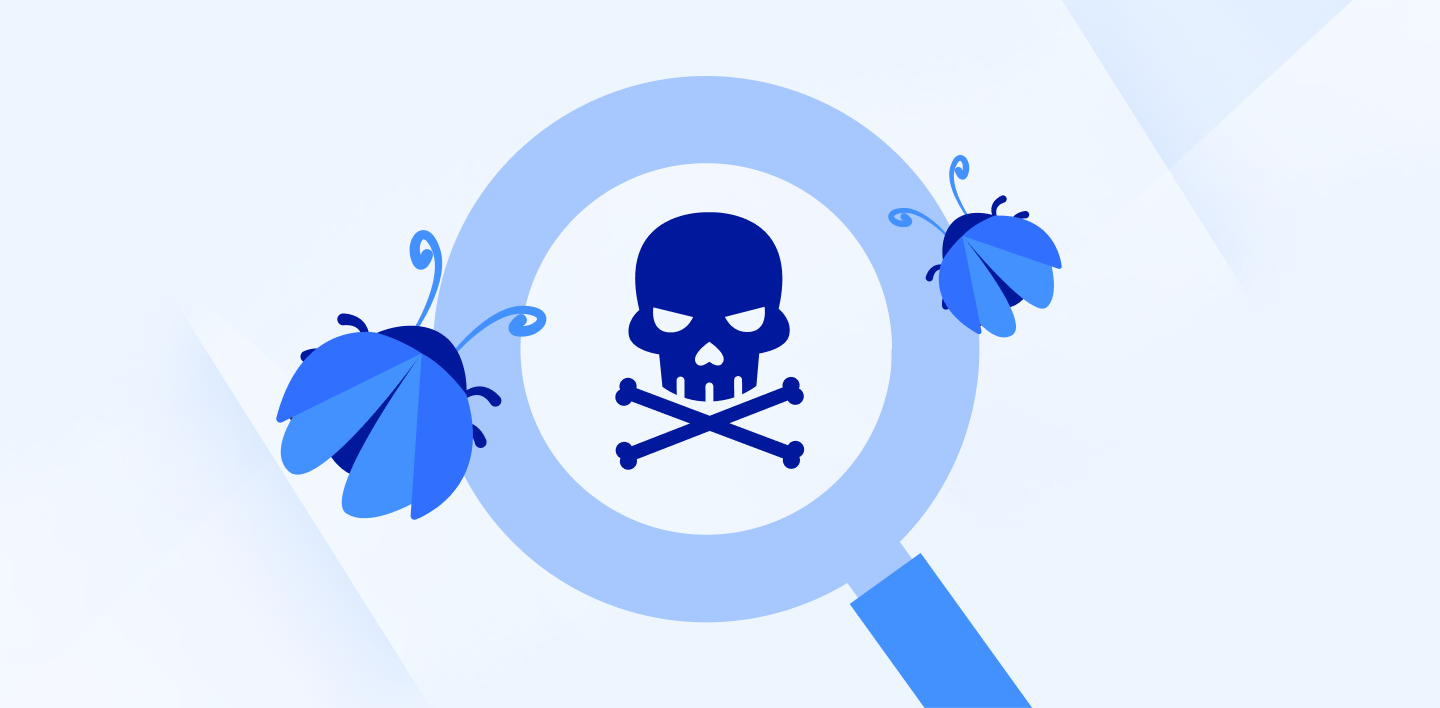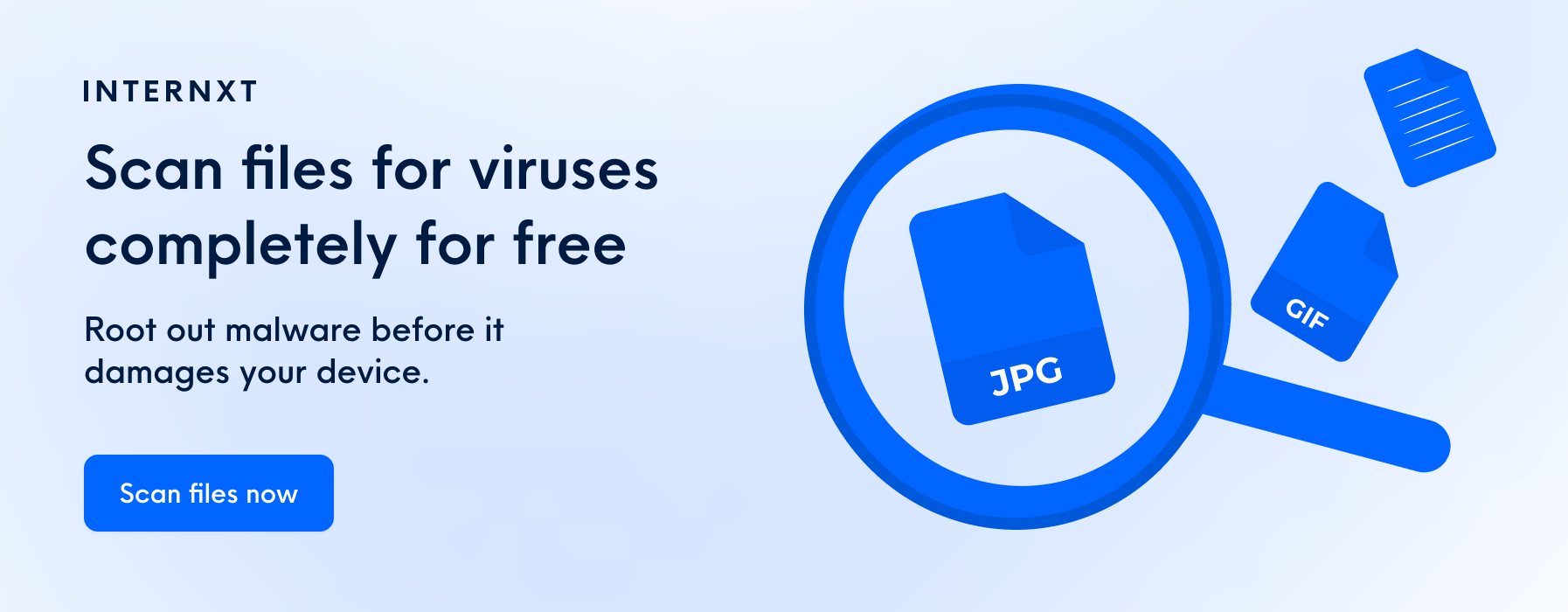What is Malware & How to Protect Ourselves From Computer Viruses

Do you remember when viruses used to be funny and not such a big deal? Maybe a cat would constantly pop up on your desktop or you’d get spammed with hundreds of ads for male enhancement pills?
Well, the early 2000s are over (yes, it’s depressing) and malware has advanced far beyond its somewhat quirky origins. Today, viruses have become extremely sophisticated and it’s difficult to know for sure if your files have been infected or not.
So what is malware exactly? And what can we do to protect ourselves from the never-ending onslaught of digital bugs?
What is Malware Exactly?
Malware or “malicious software” is a catch-all term for any type of intrusive software designed to mess up, shut down, interrupt, damage, or destroy a computer or computer system.
There are many types of malware such as viruses, Trojan horses, worms, ransomware, adware, spyware, and more. Though we often think of malware as a tool used only by hackers in dim-lit basements, it’s not uncommon to run across malware created by governments and corporations as well.
Malware is most often employed by cybercriminals to steal data or limit targets’ ability to run their computer systems effectively.
Type of Computer Viruses and How Viruses Infect a Computer
There are various types of malware (too many to list here) that all have their own way of creeping into your computer.
Generally, viruses work by associating or attaching themselves with a legitimate program that when activated also initiates or executes the virus’ code. Viruses can enter a system through a variety of channels such as email attachments, file downloads, or links placed on illegitimate websites.
Most viruses can be boiled down into three types, each with a different approach to infiltrating your system:
Macro Viruses
These viruses activate when a document or file infected with the virus is opened using a program it was specifically designed to attack. If a Word file is infected, this type of virus will run macros (hence the name) when the file is opened in Microsoft Word or another word processing program. The virus will then attack the setting and other docs located on the program. Think airborne virus.

Boot Sector Viruses
Boot sector viruses go straight for hardware, more specifically hard drives and boot disks. These viruses are often contracted from an outside source like a hard line to another system or USB drive. If an infected computer is powered on or rebooted with this type of virus onboard it will spread to other systems and infect any future disks plugged into the system. Think physical contact virus.
Program Viruses
A program virus needs to be downloaded onto your computer and is attached to an application or program. These viruses are why you should only download applications from official or trusted sources like the App Store, Google Play, or an official company website. Once downloaded, these viruses will continue to infect other programs present on the computer. Think blood-borne or injected virus.
How to Prevent Computer Viruses
The best way to keep computer viruses locked out of your stuff is by practicing safe web practices. This way you won't have to worry about sensitive data or important information getting leaked or hacked.
Here are nine strategies you can use to specifically remove viruses and prevent them from infecting your computer:
Know the signs and symptoms of infection
Sometimes your computer may be sick and you don’t even notice. Keep an eye out for repeated scam text messages, random shutdowns, slow computer speeds, long reboot or restart times, toolbars (or anything “new”) you didn’t install, changes to your desktop, or poor battery performance. In relation to this, it is also important to set a strong password in your accounts to avoid data breaches or hacks.
Choose a good browser
Not all browsers are created equal, some have better security or clear virus features than others. Brave and Firefox are the best when it comes to privacy and putting user safety first.
Avoid visiting sketchy websites
If it looks bad, sounds bad, and acts bad - click on out of there! Trust your instincts. If you're still not sure, quickly search the site to see what other sites and users think about it. Malicious and scamming websites can be covered with bad links and popups pushing you to download something you shouldn’t.
Only download from trusted sources
If it’s not a reputable online store or official company website, don’t download anything! Try to find the original source for applications or programs you’re interested in adding to your computer. This is also an easy way to get a phone virus.
Backup files frequently
If you do get a virus, restoring your files from a backup may be the way to rid yourself of the problems. Internxt is a private and secure online cloud storage service that is perfect for encrypting and backing up files you want to keep safe from destructive malware.
Use caution when plugging in
Whether you’re plugging in a USB drive or connecting your laptop to a new network, exercise caution with who or what you share physical (or virtual) access.
Install quality antivirus software
There are loads of good antivirus software and pop-up blockers out there. Many operating systems come with one built-in. Make sure you change your settings and adjust your security so you’re covered.
Enable a firewall
The same goes for a firewall, Windows and macOS both can generate a firewall but it’s not normally turned on by default. For organizations, it’s best to use Next-generation firewall solutions as the default operating system firewall cannot withstand advanced cybersecurity threats. Activate it!
Always scan files for malware
Before sending or receiving a file make sure you scan it for malware first. A scan for viruses is a quick and easy-to-use tool that can save you a big headache in the future. Get into the habit of scanning everything and before you know viruses will be a thing of the past.
Using a Virus Scanner Tool
Internxt has brought online a free scan for virus! It’s simple and easy to use. All you do is copy the link or drop in the location of the file into the webpage, hit scan, and you're done. It’s an easy way to clear viruses.
The virus scanner will let you know if there are any viruses or malware hidden in the file that you should be worried about. If it’s clean, download the file and enjoy. If it’s infected, ditch the file and get on with virus-free life.

